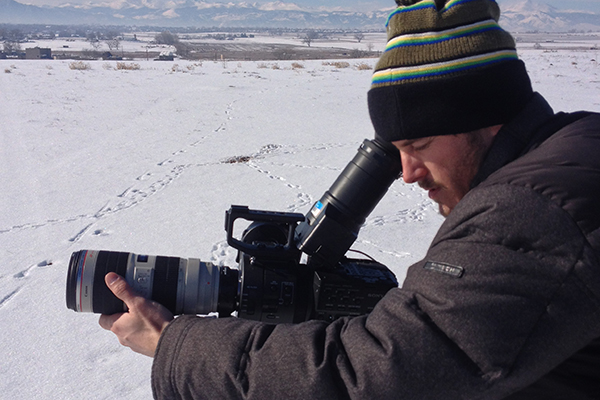Nobody gets their start as a Nat Geo photographer (or videographer for that matter). Just like any other skill or talent, visual media production takes the same kind of honing before one makes it to the big leagues. While I'm sure there's some on-the-job training, it's all the work for smaller publications (the minor leagues) that gets one's work seen enough to be given the chance to capture truly epic nature shots for someone like National Geographic (major leagues).
The cool thing about present-day society and the consumption of our media is that it's getting cheaper and easier for the novice photo/video nerd to not only get the right equipment, but to share it, get seen and recognized. As I spoke of before in the article, "Instagram Warriors Battle to the Death", the chances to capture rare moments in nature have been greatly increased by the rapid growth in our cellular technology. Being able to pull a small device out of your pocket and be ready at a moment's notice is half the battle these days. If you have a good eye for properly composed images and image sequences, you aren't limited by all the set-up time it takes to get a 'pro' shot. Not only that, but the 'HDR' and auto modes on said devices is getting better and better by the quarter.
 Other than the technology growing for actually seizing your material, so is the means of educating yourself to properly do so. Obviously, one can learn a ton by simply going to YouTube and searching 'how to do anything'. My favorite site for learning new photo/video tricks is Lynda.com. It costs a little bit for a membership, but would only be a very small fraction of college tuition.
My advice: go live your life the way you always do, just always keep the thought of capturing your moments in the back of your mind. You never know when you'll take something worth sharing and/or keeping forever.
Other than the technology growing for actually seizing your material, so is the means of educating yourself to properly do so. Obviously, one can learn a ton by simply going to YouTube and searching 'how to do anything'. My favorite site for learning new photo/video tricks is Lynda.com. It costs a little bit for a membership, but would only be a very small fraction of college tuition.
My advice: go live your life the way you always do, just always keep the thought of capturing your moments in the back of your mind. You never know when you'll take something worth sharing and/or keeping forever.


